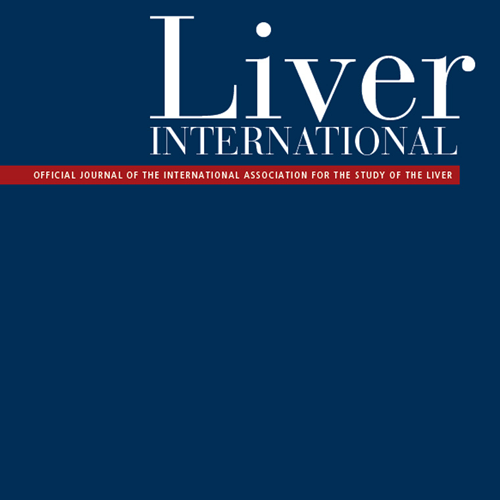Summary
Background
Hepatitis C virus (HCV) infection is associated with chronic progressive liver disease. Its global epidemiology is still not well ascertained and its impact will be confronted with a higher burden in the next decade.
Aim
The goal of this study was to develop a tool that can be used to predict the future prevalence of the disease in different countries and, more importantly, to understand the cause and effect relationship between the key assumptions and future trends.
Methods
A system approach was used to build a simulation model where each population was modeled with the appropriate inflows and outflows. Sensitivity analysis was used to identify the key drivers of future prevalence.
Results
The total HCV-infected population in the US was estimated to decline 24% from 3.15 million in 2005 to 2.47 million in 2021, while disease burden will increase as the remaining infected population ages. During the same period, the mortality rate was forecasted to increase from 2.1 to 3.1%. The diagnosed population was 50% of the total infections, while less than 2% of the total infections were treated.
Conclusion
We have created a framework to evaluate the HCV-infected populations in countries around the world. This model may help assess the impact of policies to meet the challenges predicted by the evolution of HCV infection and disease. This prediction tool may help to target new public health strategies.
Countries: United States

